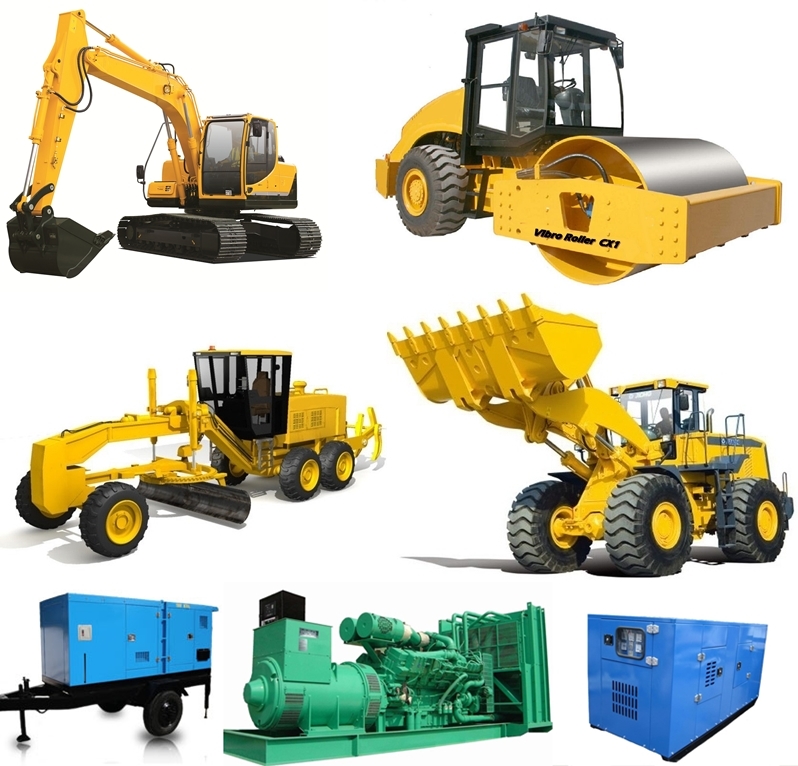Dozer Rental: Powerful Earthmoving Equipment for Your Construction Needs
Dozer Rental: Powerful Earthmoving Equipment for Your Construction Needs
Blog Article
Maximize Your Spending Plan by Recognizing the Expenses Related To Construction Tools Services
Recognizing the full range of prices associated with building tools rentals is critical for maximizing your budget plan. What techniques can be utilized to successfully manage these costs and make certain a much more reliable rental experience?
Introduction of Rental Expenses
When considering building and construction devices rentals, recognizing the associated prices is critical for effective budgeting and job planning. Rental expenses can differ substantially based on a number of factors, consisting of devices type, period of leasing, and area. The initial rental cost typically shows the equipment's market demand and its linked functional abilities, influencing the general expenditure.
In addition to the base rental price, secondary costs might arise, such as transportation costs, gas surcharges, and upkeep costs. It is vital to make up these additional expenditures to accurately examine the complete cost of leasing devices. In addition, the rental period can affect rates; longer services may certify for affordable rates, while short-term leasings could sustain higher everyday fees.

Malfunction of Rental Prices
A detailed understanding of rental prices is necessary for specialists and job managers aiming to optimize their budgets. Rental prices for building and construction tools normally consist of a number of components, consisting of base prices, time-based fees, and usage fees.
Base prices are the core fees related to the leasing of the devices, typically identified by the type and dimension of the equipment. These rates can vary significantly, affected by elements such as equipment need, accessibility, and regional market fads. Time-based fees, which may be daily, weekly, or monthly, offer to fit different task timelines and rental periods.
In addition, rental prices may include usage fees, which apply when devices is utilized past a specified threshold, guaranteeing that the rental company can make up wear and tear. Seasonal demand changes can also impact rental rates, with peak building periods commonly commanding greater prices.
In addition, understanding the rental firm's policies relating to maintenance and insurance can provide additional insight into the general cost structure. By assessing these parts, contractors can make educated choices, guaranteeing the option of rental equipment aligns with both job needs and budget constraints.
Added Fees to Consider
Comprehending the details of added costs is crucial for professionals to manage their general leasing costs properly. Past the typical rental prices, various additional charges can considerably affect the overall expense of devices rental. These fees typically include shipment and pickup costs, which can vary based on distance and logistics involved in transferring the equipment to and from the task site.
Furthermore, some rental companies may enforce gas additional charges if the devices is returned with less gas than when rented out. It is likewise necessary to recognize prospective cleaning fees, specifically for specific equipment that needs complete maintenance after usage.

Extensively examining the rental agreement and making clear these extra fees ahead of time can assist professionals avoid unanticipated expenses important link and make certain that spending plans stay intact throughout the job lifecycle.
Maintenance and Repair Service Costs
Normal upkeep and repair costs are frequently overlooked aspects that can significantly affect the overall expense of construction devices services. When leasing equipment, it is vital to consider not only the rental costs however additionally the potential expenses connected with keeping the equipment in optimum operating condition.
Lots of rental companies consist of standard maintenance as component of the rental agreement; nevertheless, more substantial repairs or unforeseen failures can result in added expenses. It's necessary to review the rental contract very carefully to recognize what maintenance services are covered and what duties drop on the tenant.
Furthermore, tools that is not well-kept can bring about inefficiencies on the task site, possibly boosting and causing hold-ups job expenses. To minimize these dangers, it is recommended to carry out routine assessments and preserve open communication with the rental supplier regarding any concerns that occur throughout usage.
Insurance and Liability Expenses
Insurance policy and liability prices are important parts that can significantly influence the total cost of building equipment rentals (mini excavator rental). These prices ensure that both the rental firm and the customer are safeguarded from potential economic losses developing from accidents, damages, or theft during the rental duration

In addition, clients must be mindful of any kind of deductibles or exclusions in the insurance used construction equipment coverage, as these can influence important link prospective out-of-pocket expenditures. Understanding the terms of any insurance policy protection is important to prevent unexpected expenses. Inevitably, budgeting for insurance and obligation expenditures can help make sure a smoother rental experience and protect against monetary threats related to building and construction tasks.
Conclusion
In verdict, a thorough understanding of the prices connected with building devices leasings is important for effective budget management. Inevitably, educated decision-making relating to devices rentals contributes to the total success of building and construction ventures.
Rental costs can vary significantly based on numerous variables, consisting of devices type, period of service, and area (boom lift rental). The rental duration can influence rates; longer leasings may qualify for affordable rates, while short-term leasings may incur greater daily costs
By carrying out extensive research and involving with credible rental companies, service providers can properly navigate the intricacies of rental pricing, eventually maximizing their monetary sources.
Beyond the typical rental rates, numerous supplemental costs can considerably influence the total price of equipment leasing. Rental firms typically give liability insurance policy that covers injuries to third celebrations or damages to residential property, while equipment damage insurance coverage can cover the cost of repair services or substitute if the rented devices is harmed.
Report this page